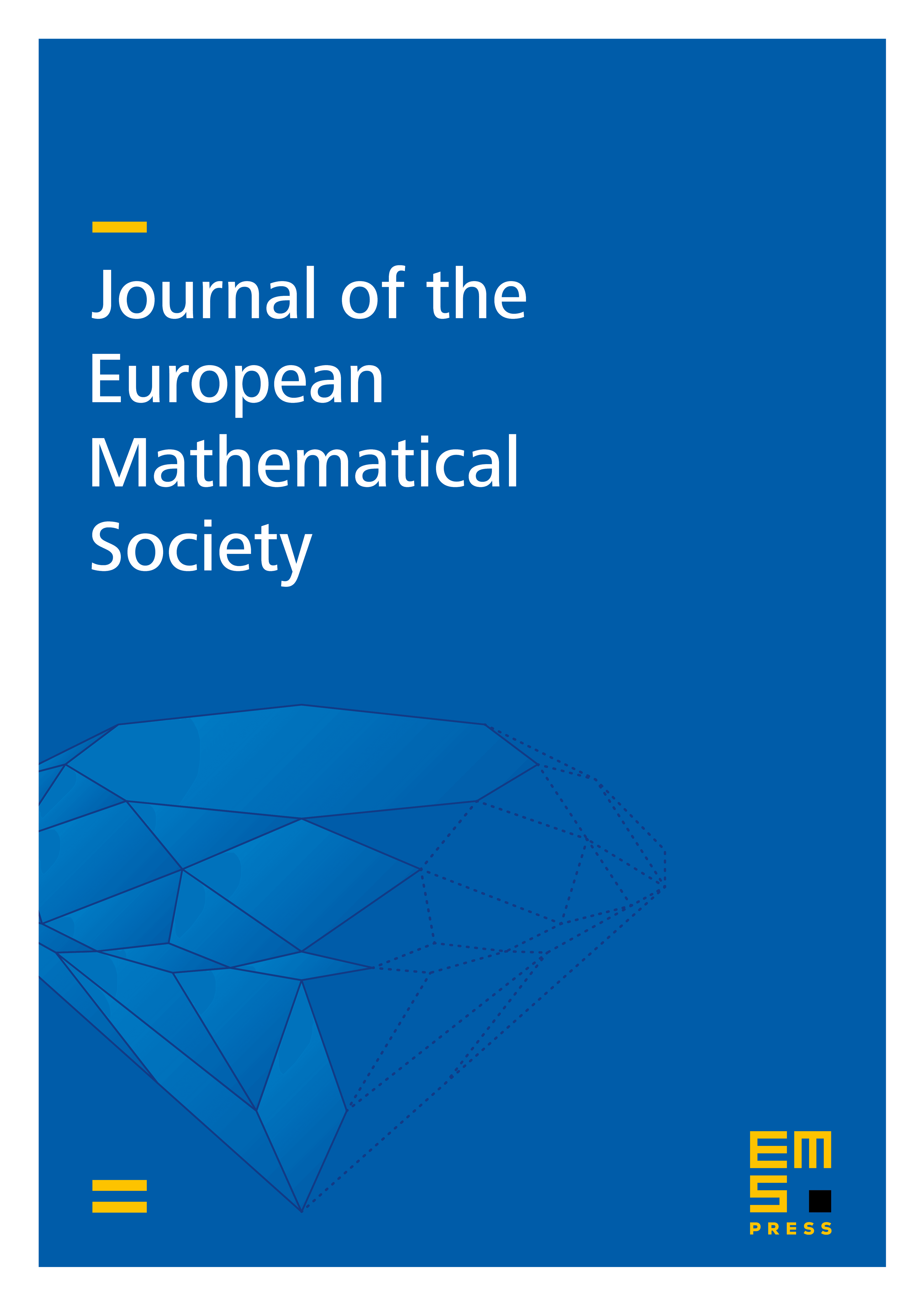The structure and number of Erdős covering systems
Paul Balister
University of Oxford, UKBéla Bollobás
University of Cambridge, UK; University of Memphis, USARobert Morris
IMPA, Rio de Janeiro, BrazilJulian Sahasrabudhe
University of Cambridge, UKMarius Tiba
IMPA, Rio de Janeiro, Brazil

Abstract
Introduced by Erdős in 1950, a covering system of the integers is a finite collection of arithmetic progressions whose union is the set . Many beautiful questions and conjectures about covering systems have been posed over the past several decades, but until recently little was known about their properties. Most famously, the so-called minimum modulus problem of Erdős was resolved in 2015 by Hough, who proved that in every covering system with distinct moduli, the minimum modulus is at most .
In this paper we answer another question of Erdős, asked in 1952, on the number of minimal covering systems. More precisely, we show that the number of minimal covering systems with exactly elements is
En route to this counting result, we obtain a structural description of all covering systems that are close to optimal in an appropriate sense.
Cite this article
Paul Balister, Béla Bollobás, Robert Morris, Julian Sahasrabudhe, Marius Tiba, The structure and number of Erdős covering systems. J. Eur. Math. Soc. 26 (2024), no. 1, pp. 75–109
DOI 10.4171/JEMS/1357